Simon Stålenhag
I don’t know much about art. I honestly find it a bit embarrassing that I don’t “get” it and even though I’ve made a couple of serious efforts to do so, I’ve have admittedly failed very time. The crib Anniken and I saw at our trip to the To Be With Art Is All We Ask-exhibition, is just a crib to me. The green power hose Hans Olav and I spotted when going to the Autumn Exhibition is, at least to my eyes, just an ordinary green power hose. The title of the piece by Emma Wright is even “Power Hose. Green.” It’s a green power hose, make what you like of it.
But even though most art doesn’t make much sense to me, I can tell if I like something or not. While I will probably never appreciate sculptures, furniture-as-art or green power hoses - unless it’s for cleaning the car - I still, from time to time, see a painting or a photography I enjoy. A while ago, I discovered Swedish artist Simon Stålenhag. In his neo-futuristic works, he mix late 1980’s and early 1990’s Sweden with science-fiction concepts like anti-gravity technology and the resurrection of ancient, long dead dinosaurs. Being a child of the 80s and a science-fiction buff, many of Stålenhag’s paintings hit a perfect home run with me.
Not only are the paintings great, with amazing attention to detail, a choice of colors and lighting that I love, and locations and situations I can relate to, Stålenhag has also created an intricate lore for his imaginary world. I’ve taken the liberty to just copy the following three paragraphs straight from the artist’s recent, and very successful, Kickstarter campaign:
“In the 1950s, the Swedish government orders the construction of a large particle accelerator. The state agency RIKSENERGI is tasked with developing this massive project. In 1969 the The Facility For Research In High Energy Physics is ready, located deep below the pastoral Mälaröarna-countryside. The local population soon calls it THE LOOP.
From it’s inception to it’s closure in 1994, The Loop was the largest accelerator in the world. The thousands of staff: scientists, engineers and maintenance workers, all serve Riksenergi during these years – and makes possible tremendous scientific advances. But the power of the Gravitron, the heart of the accelerator, proves difficult to control. The side effects of the project are dramatic. Strange sightings and bizarre rumours taints the scientific image of The Loop.
In the shadow of the weird machines filling the countryside, life continues as normal. The kids of Mälaröarna grew up living above the technological marvel of The Loop, but for them it was just a part of their very ordinary lives. Until strange beasts from another time showed up, that is.”
Below are just a few of his many excellent paintings. For high quality versions of these and more, visit Simon Stålenhag’s website. If any of these looks like something you want to hang on your living room wall, you can also buy prints. I’ve never bought art before myself, but there’s a first time for everything and this just might be it.
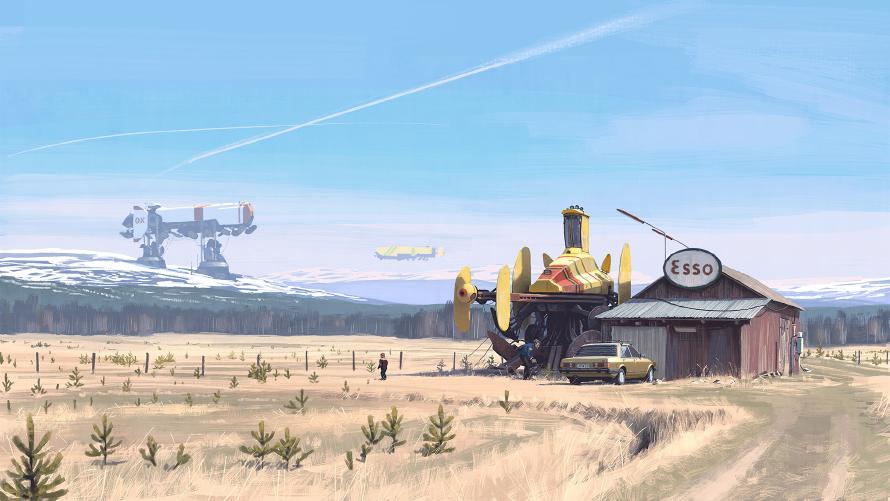
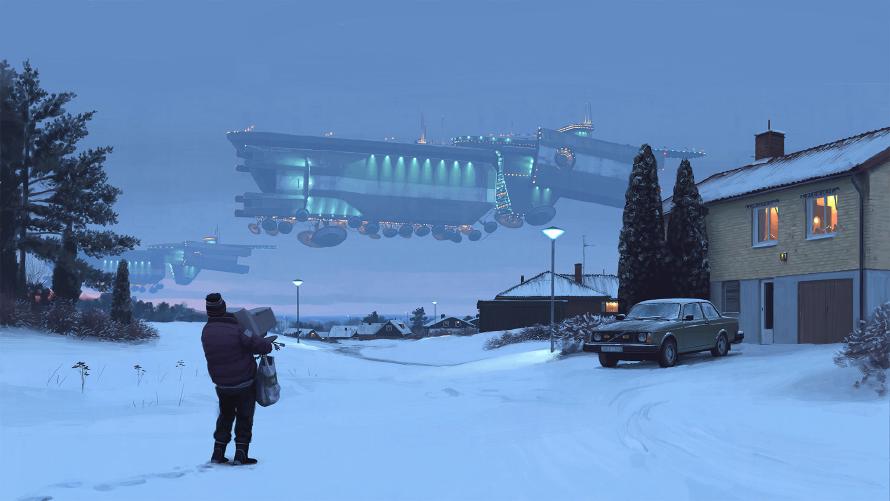
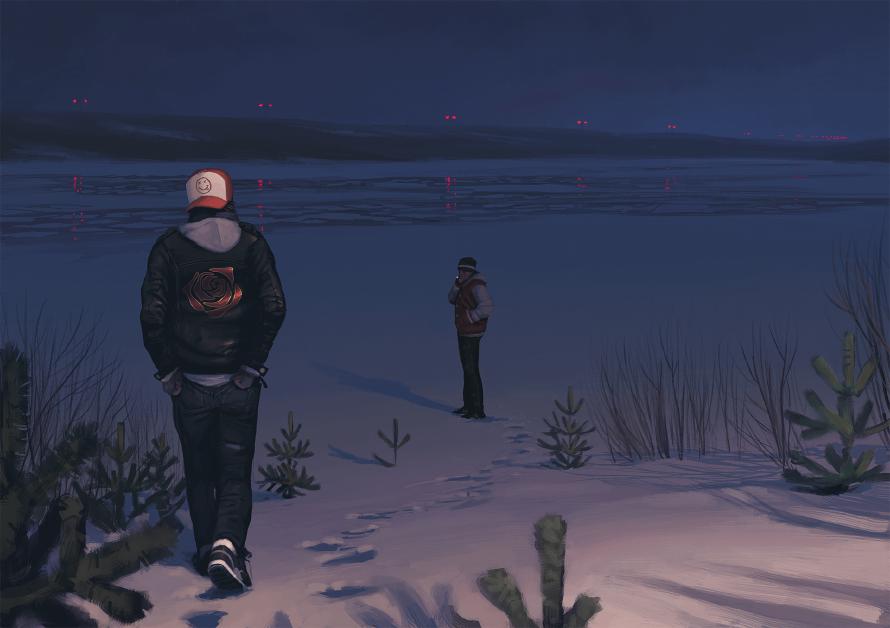
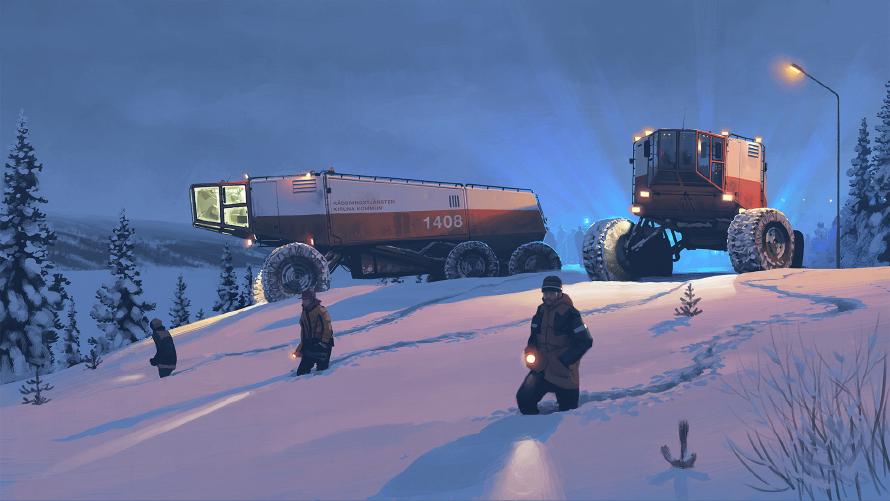
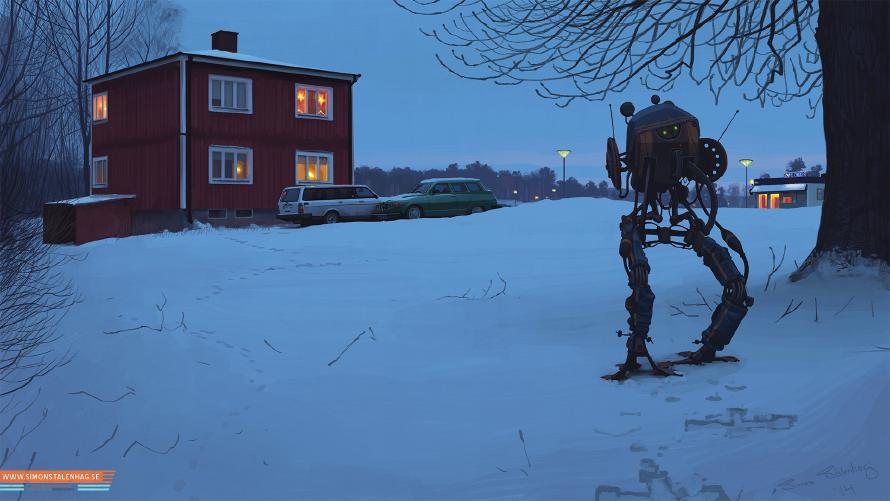
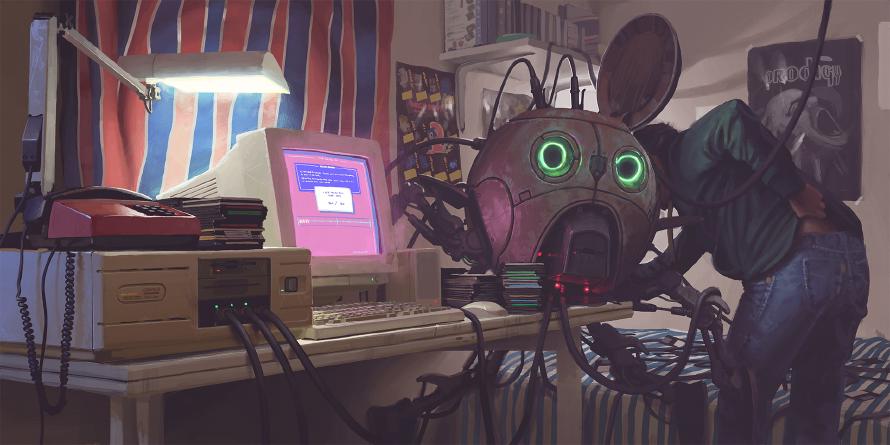
Feedback
Do you have any thoughts you want to share? A question, maybe? Or is something in this post just plainly wrong? Then please send an e-mail to vegard at vegard dot net with your input. You can also use any of the other points of contact listed on the About page.
@vegardskjefstad hey, glad you like it!